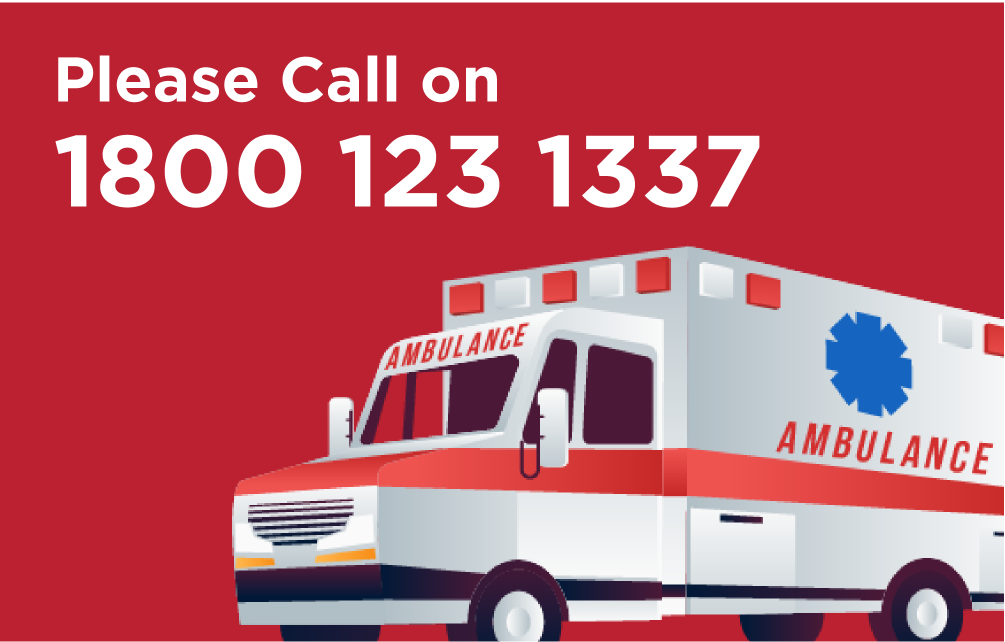What Are Gallstones? Causes, Symptoms, and Risks Explained

Introduction
Gallstones are one of the common medical conditions that affect many people. These are nothing but small pebble-like substances formed in the gallbladder. Commonly known as stones, they can lead to a range of mild to severe digestive issues. While many people don’t experience any gallstone symptoms, others may suffer from intense abdominal pain and other complications.
Here we’ll comprehend what are gallstones, their symptoms, what causes them, and the risks associated with them.
What are Gallstones?
Gallstones are hardened deposits of digestive fluid that form in the gallbladder, which is a tiny, pear-shaped organ below the liver. The gallbladder’s role is to store and release a substance produced by the liver known as bile. The bile helps break down the fats in the digestive system.
Gallstones can vary in size from as small as a grain of sand to as large as a golf ball. There are two main types of gallstones:
- Cholesterol stones: These are the most common ones that are formed by undissolved cholesterol.
- Pigment gallstones: These are small, dark stones made of bilirubin.
What Causes Gallstones?
Here are some factors that lead to the formation of stones.
High-level Cholesterol in the Bile
When the cholesterol excreted by the liver is more than the bile can dissolve, it starts to crystallize and form stones.
Too Much Bilirubin
Certain conditions, like liver disease, infections, or blood disorders, can lead to excess bilirubin. This contribution leads to the formation of gallstones.
Poor Gallbladder Emptying
If the gallbladder is not emptied completely or often, it increases the risk of stone formation.
Genetics and daily History
A family history of gallstones also increases your risk of developing them.
Diet and Obesity
Being obese or overweight is also one of the risk factors.
Symptoms of Gallstones
Some common gallstone symptoms are:
- Pain between the shoulder blades.
- Intense pain in the upper right or center abdomen.
- Pain after eating fatty or greasy meals
- Nausea or vomiting
- Indigestion, bloating, or gas.
Complications and Risks of Gallstones
While most gallstone cases are benign, complications can arise when stones block the bile duct or cause inflammation.
Inflamed Gallbladder (Cholecystitis)
A blocked bile duct can lead to gallbladder inflammation. This condition may require immediate medical attention and often surgery.
Stones in the Bile Duct (Sones in the Bile Duct)
If gallstones move into the bile duct, they can block the flow of bile from the liver or pancreas. This might lead to infections or pancreatitis.
Gallbladder Cancer
Although rare, chronic inflammation caused by gallstones is linked to a slightly increased risk of gallbladder cancer.
Conclusion
Gallstones are a common digestive disorder that can range from asymptomatic to severely painful and dangerous. Knowing the symptoms, causes, and risks associated can help with early detection and treatment. While many people live with gallstones without issue, some may require lifestyle changes or surgical intervention to prevent complications.
If you’re experiencing any of the above symptoms or seeking the best gastroenterologist in Lucknow, visit Regency Healthcare Hospital.
Also Read: Gallbladder Surgery Guide: Symptoms, Procedure & Recovery Tips
Frequently Asked Questions (FAQs)
What is the main cause of gallstones?
The main cause of gallstones is due to an imbalance in the levels of either cholesterol, bilirubin, or bile salts. When your liver produces more cholesterol than bile can dissolve, it leads to crystallization of excess cholesterol. Some other factors include not emptying the bladder regularly.
What are the risks of gallstones?
Gallstones can cause several health complications, like:
- Gallbladder inflammation: causes abdominal pain, fever, and infection.
- Bile duct blockage: might lead to jaundice, infection, or liver damage.
- Pancreatitis: inflammation of the pancreas, which can be life-threatening.
- Gallbladder infection or rupture: it’s a medical emergency that requires immediate attention.
- Gallbladder cancer: In some rare cases, chronic gallstone disease can lead to cancer.
What is the most common treatment for gallstones?
The most common gallstones treatment is gallbladder removal surgery, known as cholecystectomy. This procedure is typically done using minimally invasive surgery known as laparoscopy. However, in some cases where surgery isn’t an option, doctors consider medication, but they are less effective and work slowly.
How does a person feel when they have gallstones?
Many people do not feel anything. However, some common feelings include:
- Sharp pain in the upper right abdomen or center of the belly.
- Pain that may spread to the right shoulder or back.
- Bloating, nausea, or gas.
- Pain can last from minutes to hours.
- Nausea or vomiting, especially after eating fatty foods.
What foods help prevent gallstones?
Eating a healthy and balanced diet is one of the best ways to prevent gallstones. Additionally, high fiber foods like vegetables, fruits, legumes, and whole grains. Healthy fats like nuts and seeds, avocados, and olive oil. Lean proteins like fish, tofu, and low-fat dairy like yogurt, skim milk, or cottage cheese.

 Call-an-Ambulance
Call-an-Ambulance



